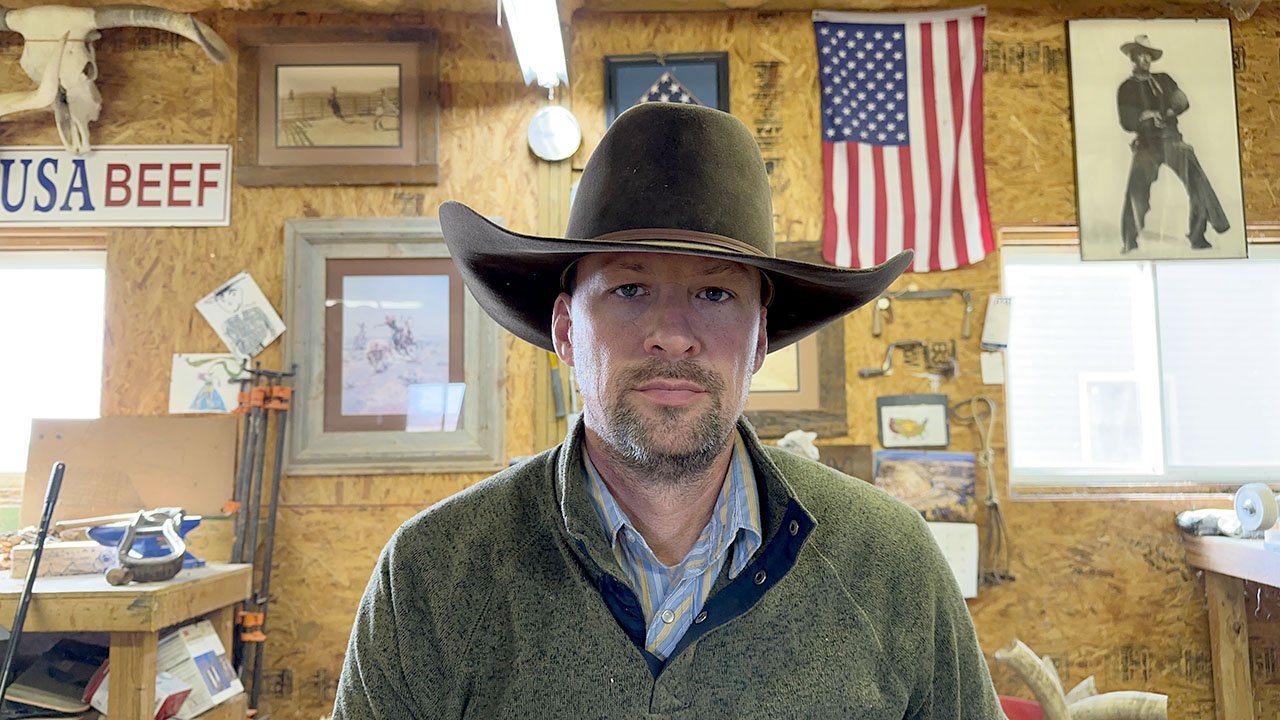Being a carnivore has never been so expensive. According to the USDA, beef prices soared to another record high this week, and are expected to face a 100% increase next month compared to the same period a year ago. Steaks will likely be out of the dinner table of many Americans in the coming months as shortages already started leaving grocery shelves empty. Even cheap meats like ground beef are about to shoot up in price due to the lowest supply in decades, the Department said.
The nation’s shrinking cattle herd combined with surging input costs at U.S. farms and ranches have pushed wholesale meat costs to over $8 per pound, official data shows. Analysts predict that the figure could jump above the $ 10 mark in December due to the seasonal spike in demand. As a comparison, beef costs in 2022 were hoovering around the ten-year average of $5 per pound. The rapid price appreciation means that you will have to pay double what you paid a year ago to bring your favorite cut home this winter.
The nation’s shrinking cattle herd combined with surging input costs at U.S. farms and ranches have pushed wholesale meat costs to over $8 per pound, official data shows. Analysts predict that the figure could jump above the $ 10 mark in December due to the seasonal spike in demand. As a comparison, beef costs in 2022 were hoovering around the ten-year average of $5 per pound. The rapid price appreciation means that you will have to pay double what you paid a year ago to bring your favorite cut home this winter.












